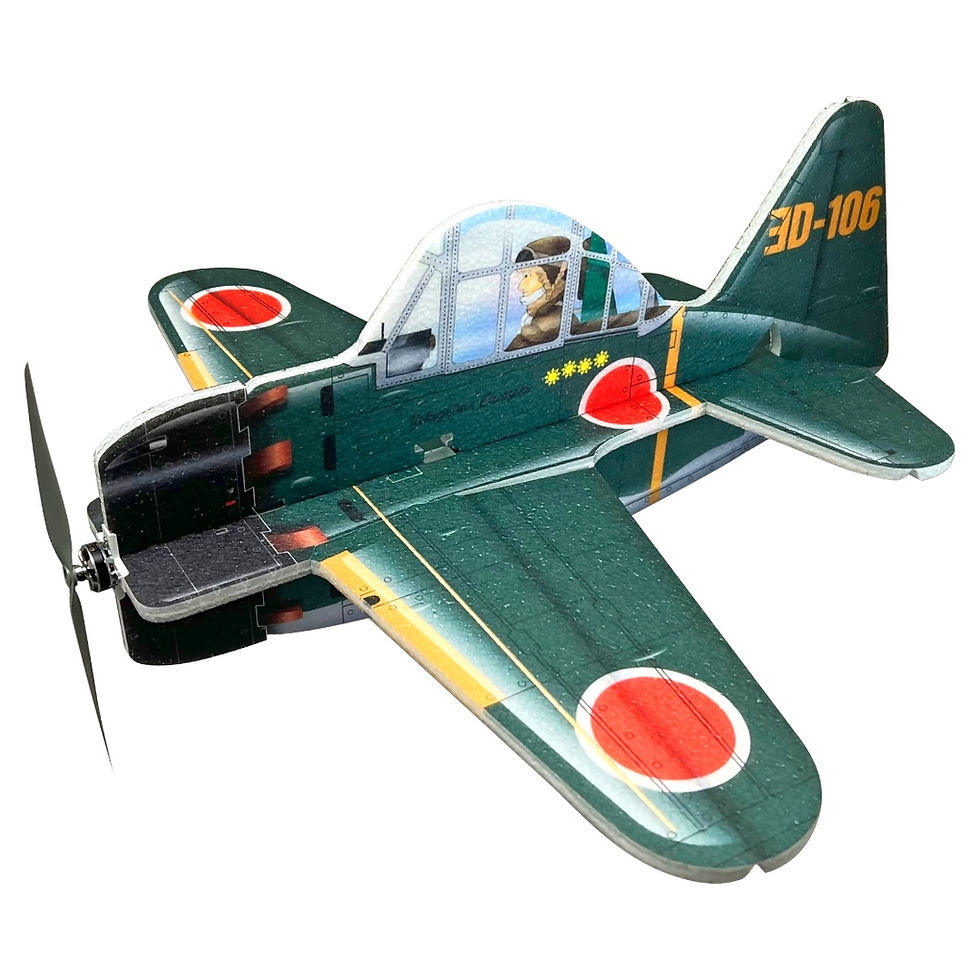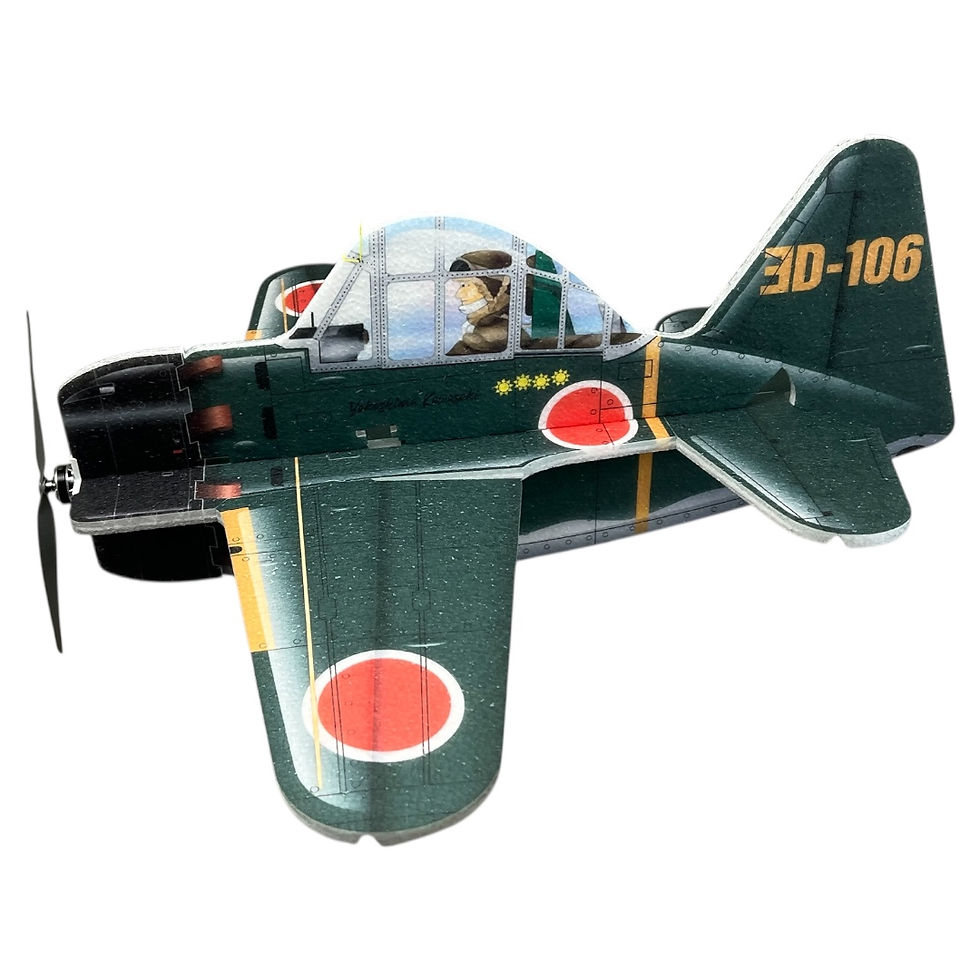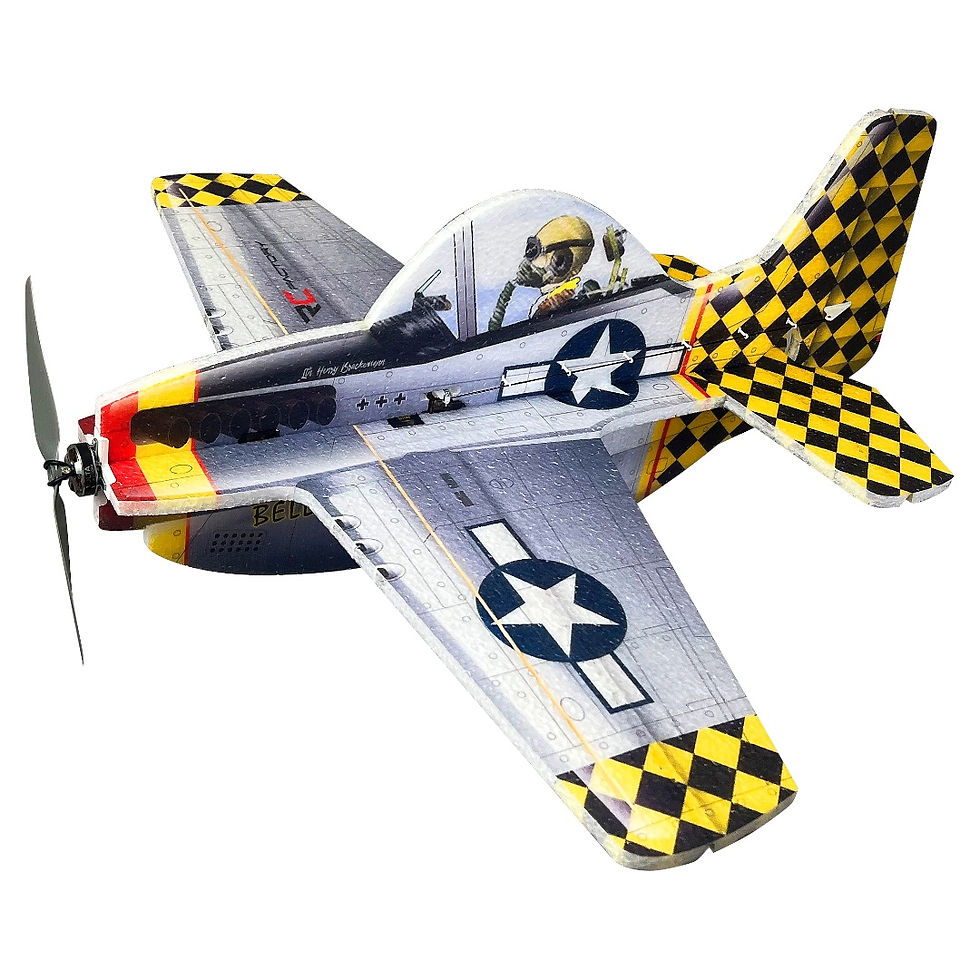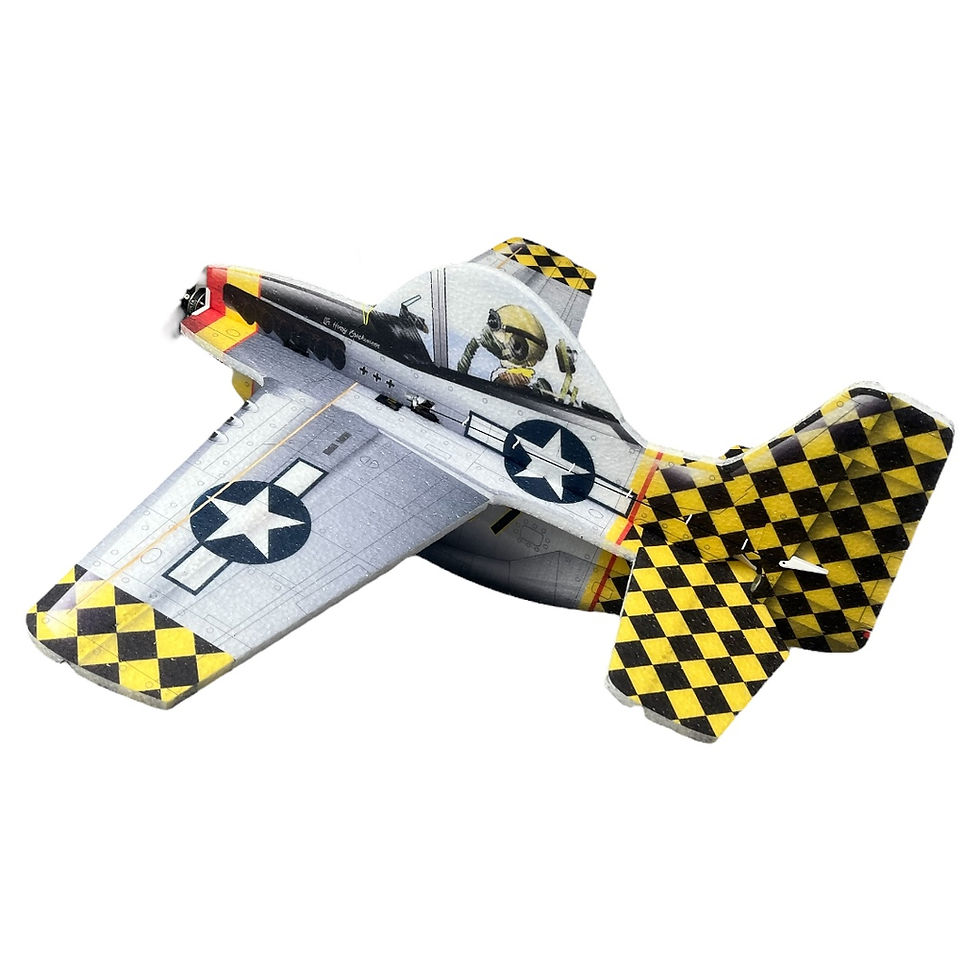Bleriot XI Slow flyer 420mm Laser rakennussarja sisältää moottorin
Blériot XI oli ranskalaisen lentokonevalmistajan Blériotin varhainen yksimoottorinen monikäyttöinen lentokone. Se on yksipaikkainen, jota pitävät yhdessä lukuisat kiristysvaijerit.
Tällä kauniilla lentokoneella sen suunnittelija Louis Blériot lensi Englannin kanaalin yli ensimmäistä kertaa (vuonna 1909).
Kautta historian tätä lentokonetta valmistettiin sitten lisenssillä Isossa-Britanniassa ja Ruotsissa.
Sarja sisältää:
- Kaikki tarvittavat balsa osat (laser leikatut)
- Saranat, hiilikuitu putket, ruuvit, magneetit
- Päällyste paperin, piirustukset
- Moottorin alennusvaihteella
Tekniset tiedot:
Kärkiväli: 420mm
Mittakaava: 1:20
Vaikeustaso: kokenut rakentaja
Lentopaino: 35-40g
Moottori: 8.5mm
Louis Charles Joseph Blériot Born 1 July 1872 – Died 1 August 1936) was a French aviator, inventor, and engineer.
He developed the first practical headlamp for cars and established a profitable business manufacturing them, using much of the money he made to finance his attempts to build a successful aircraft.
Blériot was the first to use a combination of hand/arm-operated joystick and foot-operated rudder control for the basic format of aerodynamic aircraft control systems, which is still in use to the present day. Blériot was also the first to make a working, powered, piloted monoplane. In 1909 he became world-famous for making the first aeroplane flight across the English Channel, winning the prize of £1,000 offered by the Daily Mail newspaper. He was the founder of a successful aircraft manufacturing company. The crossing was to seal the name Bleriot in the history books forever and anyone who knows anything about aviation will have heard of the Bleriot Aircraft and its success.
Blériot was a spectator at Voisin's first trials of the float-plane glider he had built on 8 June 1905. Cine photography was among Blériot's hobbies, and the film footage of this flight was shot by him. The success of these trials prompted him to commission a similar machine from Voisin, the Blériot II glider. After this came many experimental aircraft each one becoming more successful than the last.
Bleriot and his partners survived a number of air crashes and accidents before he started concentrating on his next machine.
This, the Blériot VII, was a monoplane with tail surfaces arranged in what has become the modern conventional layout (apart from its use of differential elevators movement for lateral control). This aircraft, which first flew on 16 November 1907, has been recognised as the first successful monoplane. More marks and more flights and crashes and achievement would eventually lead to the type XI which became famous for the Channel Crossing. The type XI was built and sold 18 months after the crossing, by which time over 100 aircraft had been sold. With the conventional rudder bar and Joystick, the type X1 is the first aircraft to establish standards of control and configuration.
































